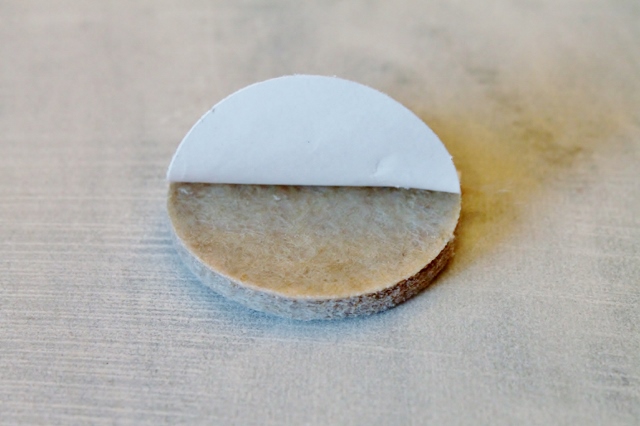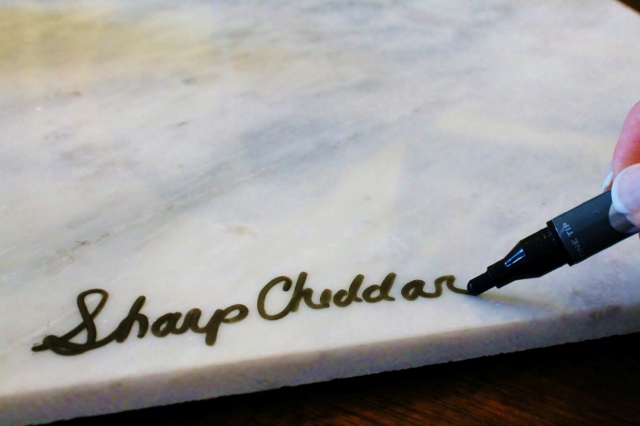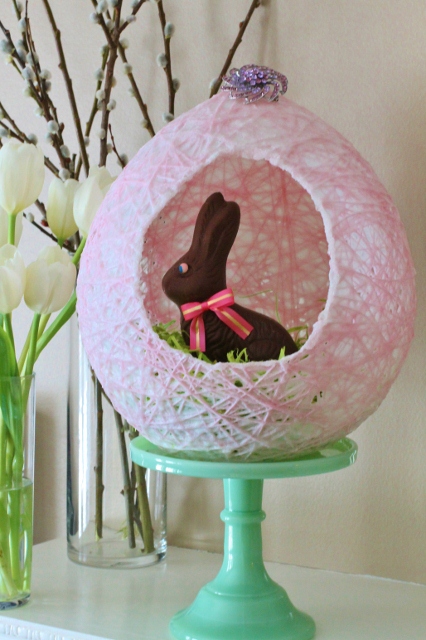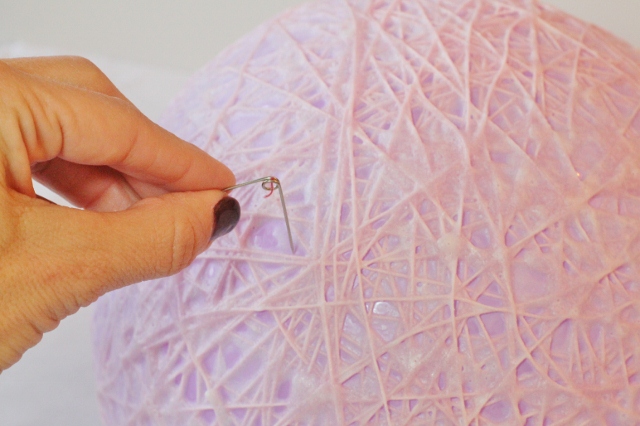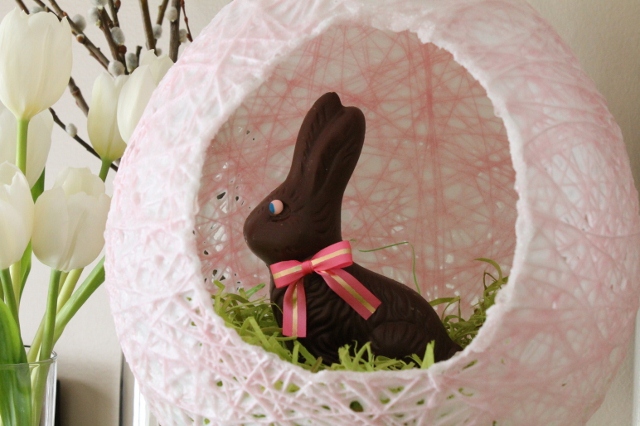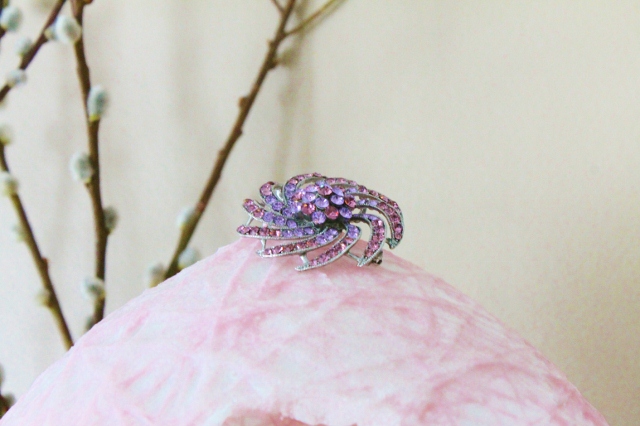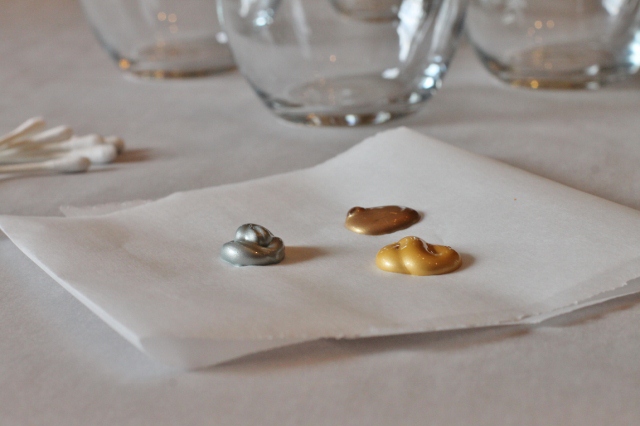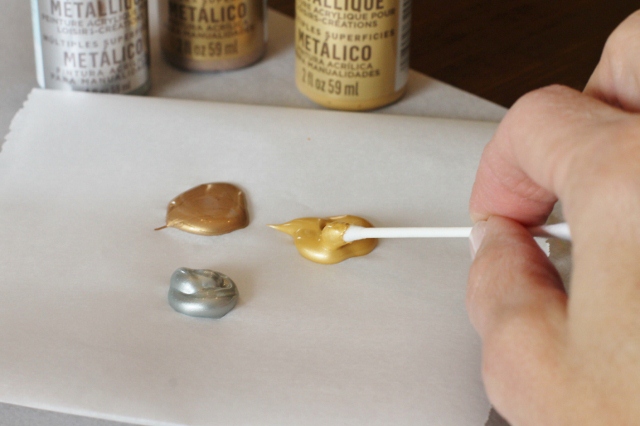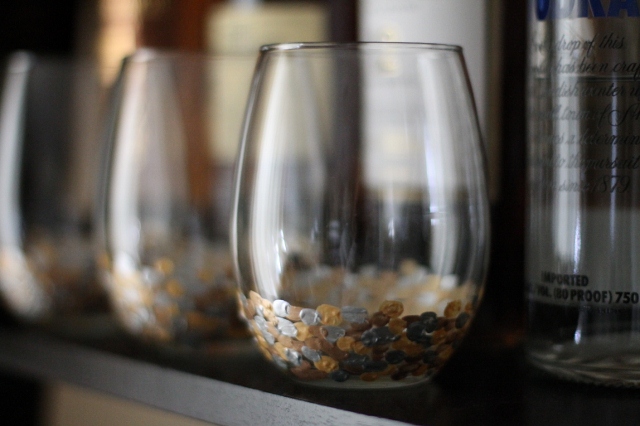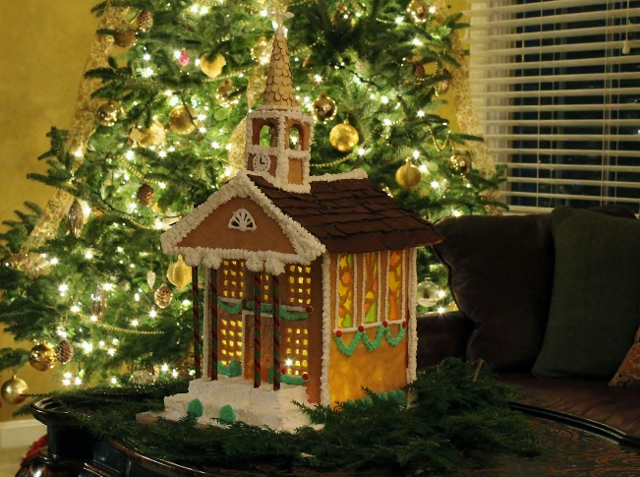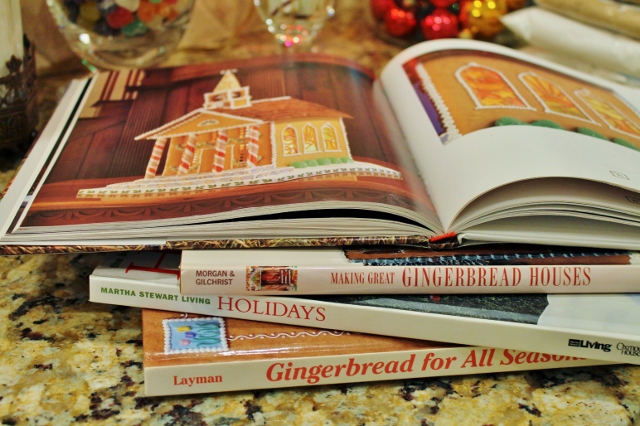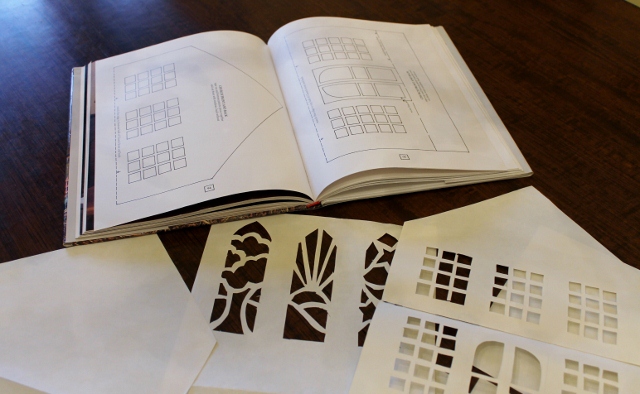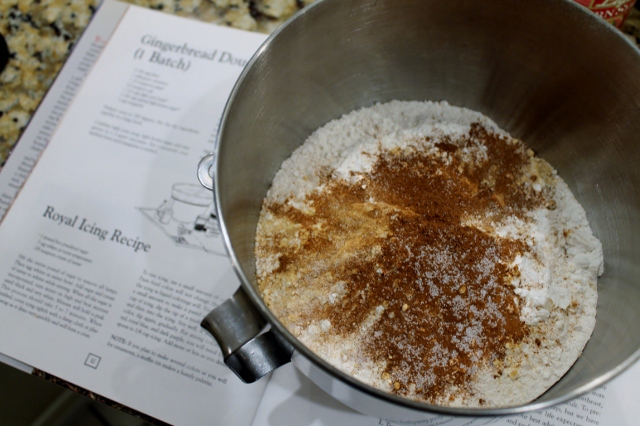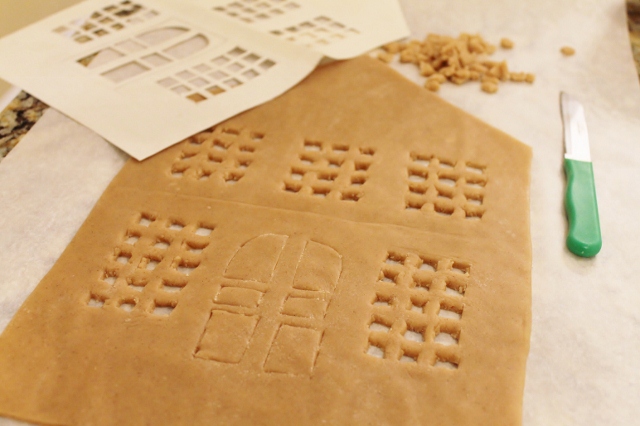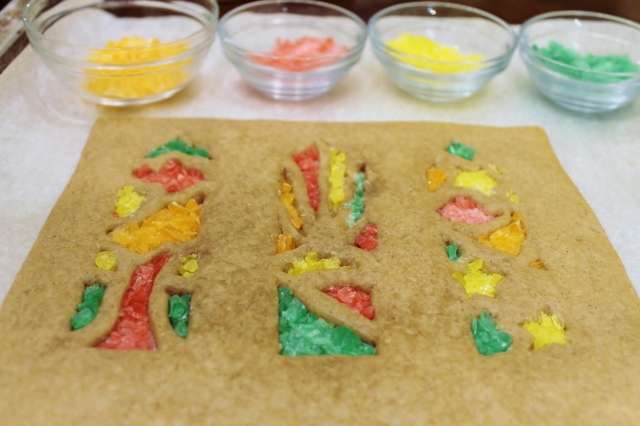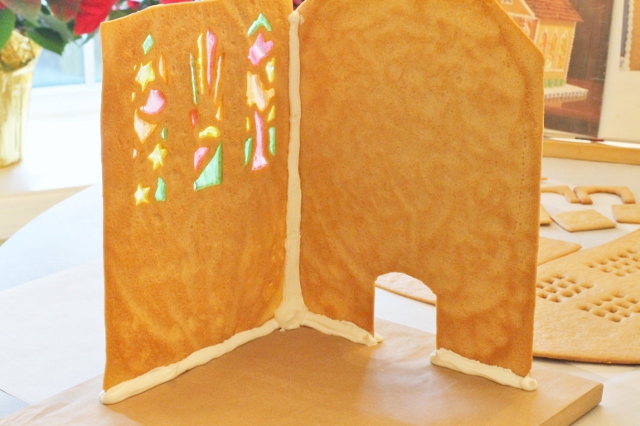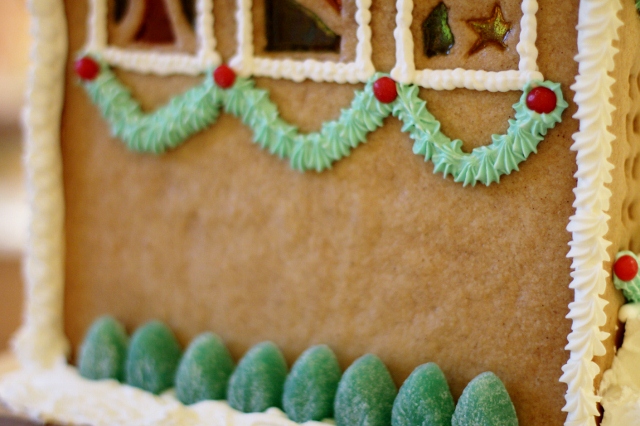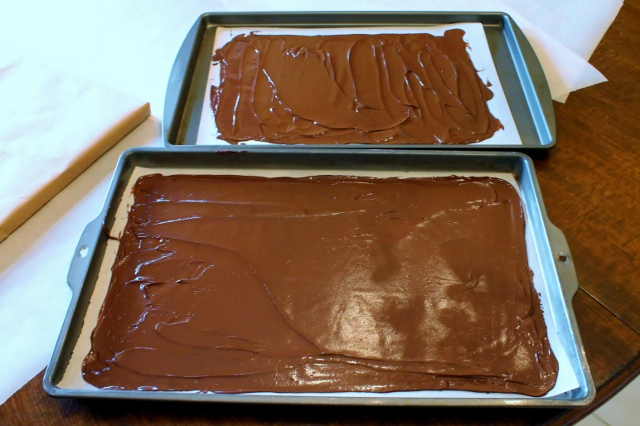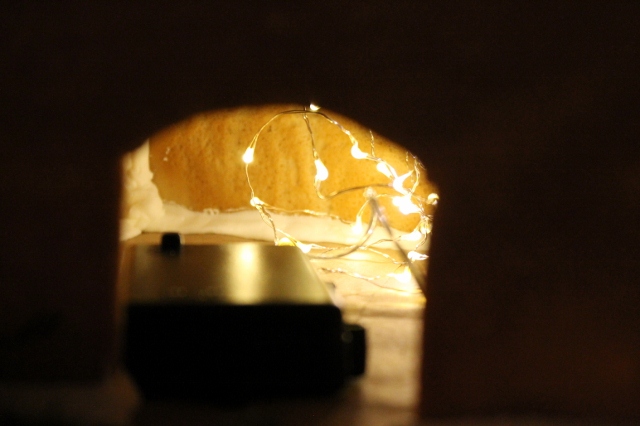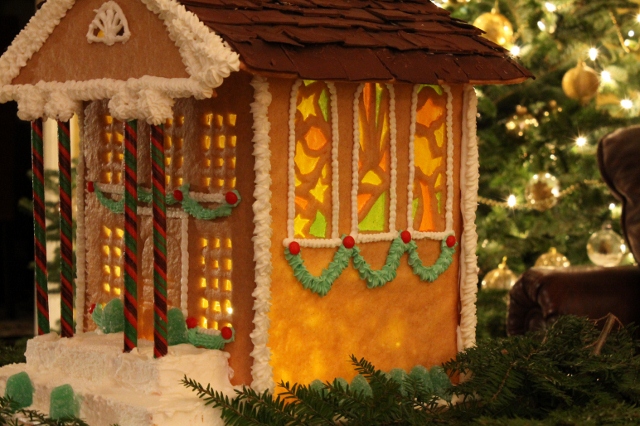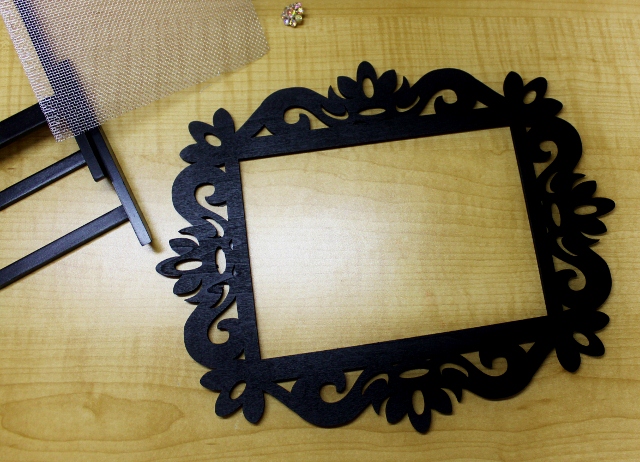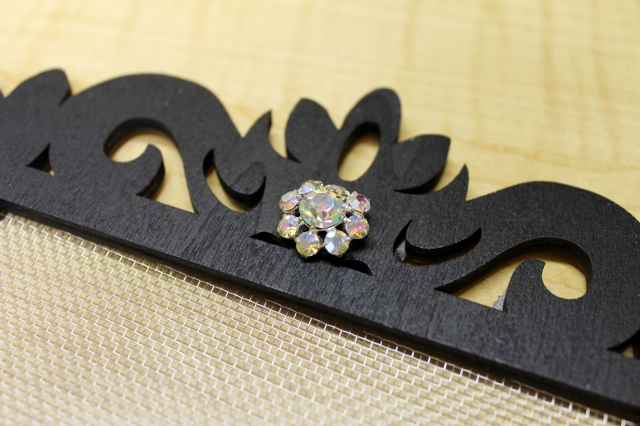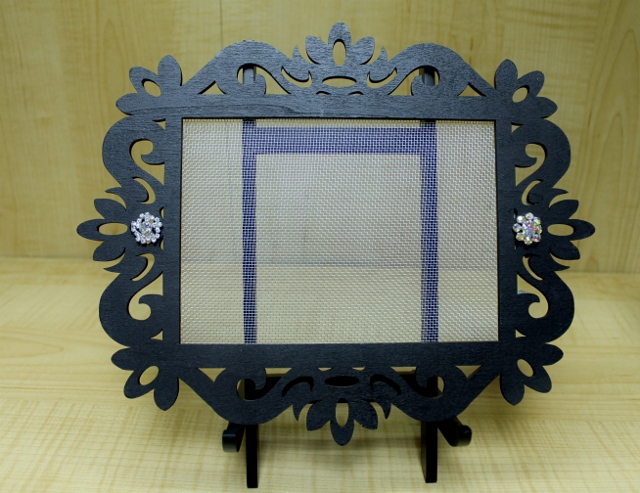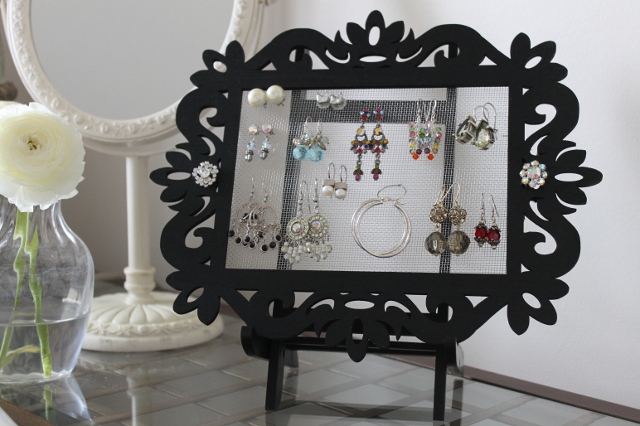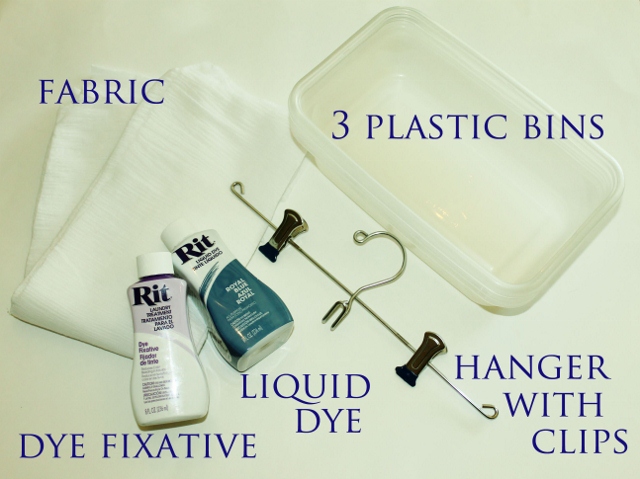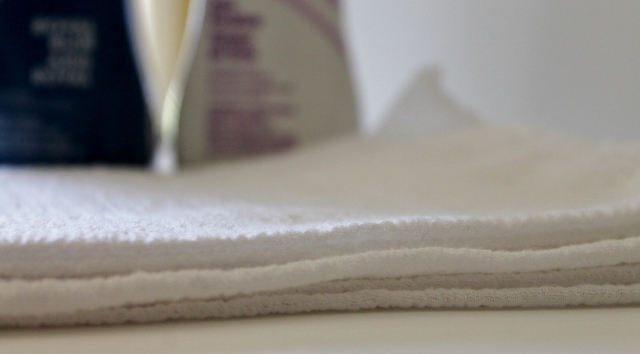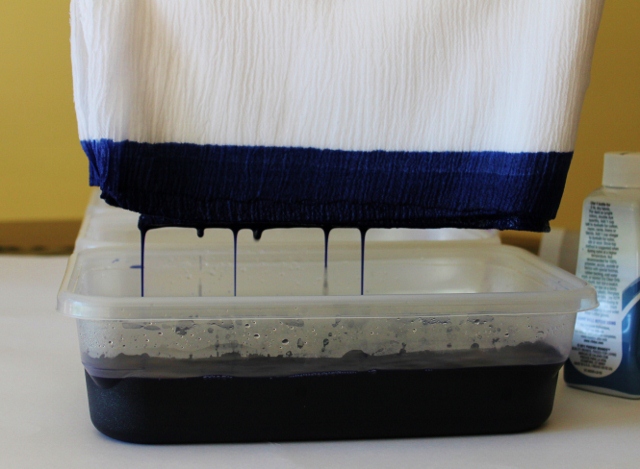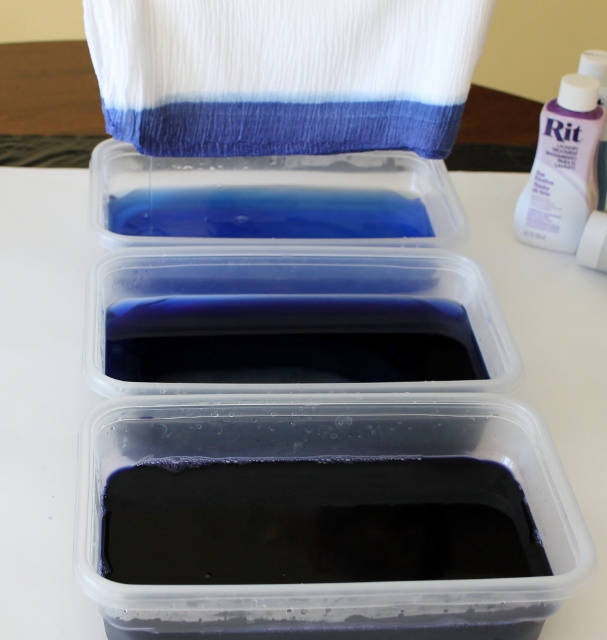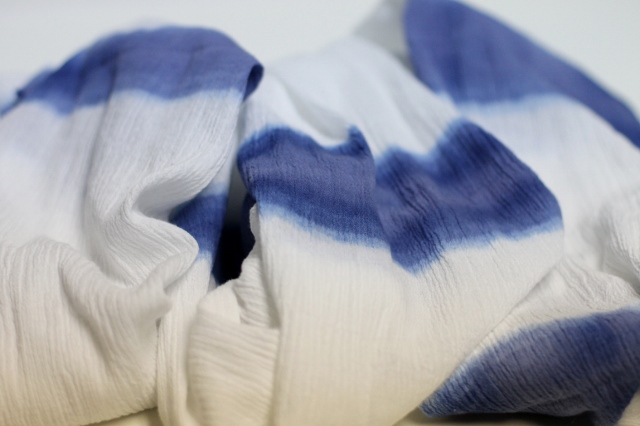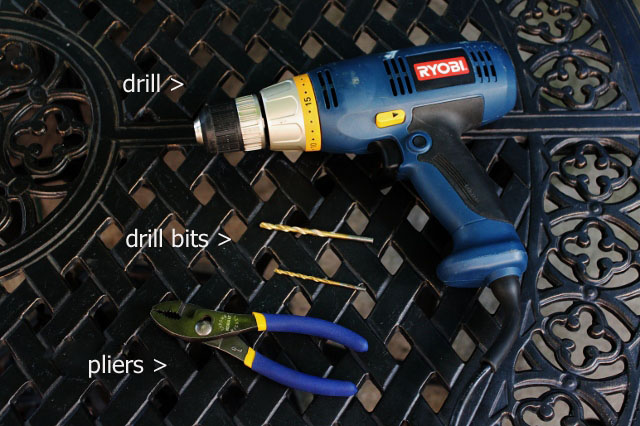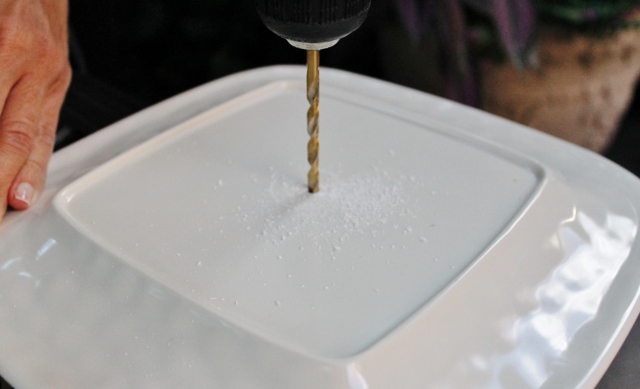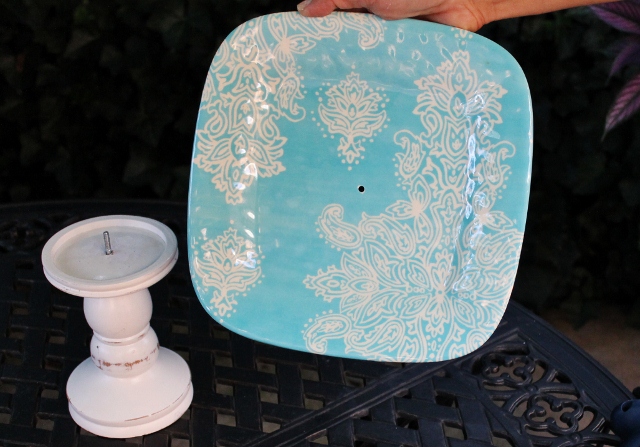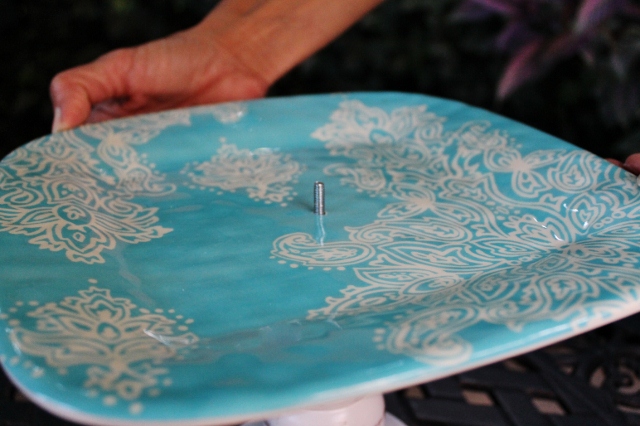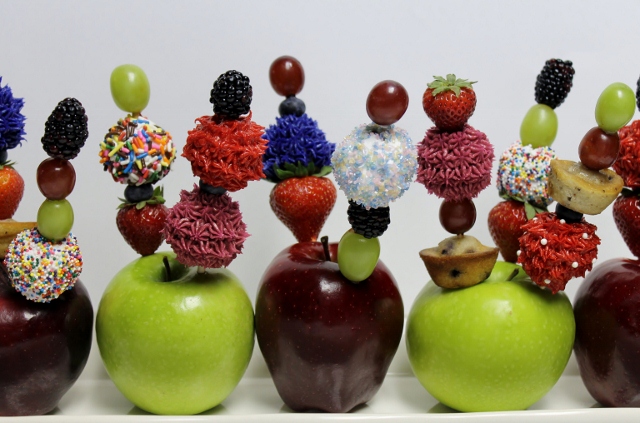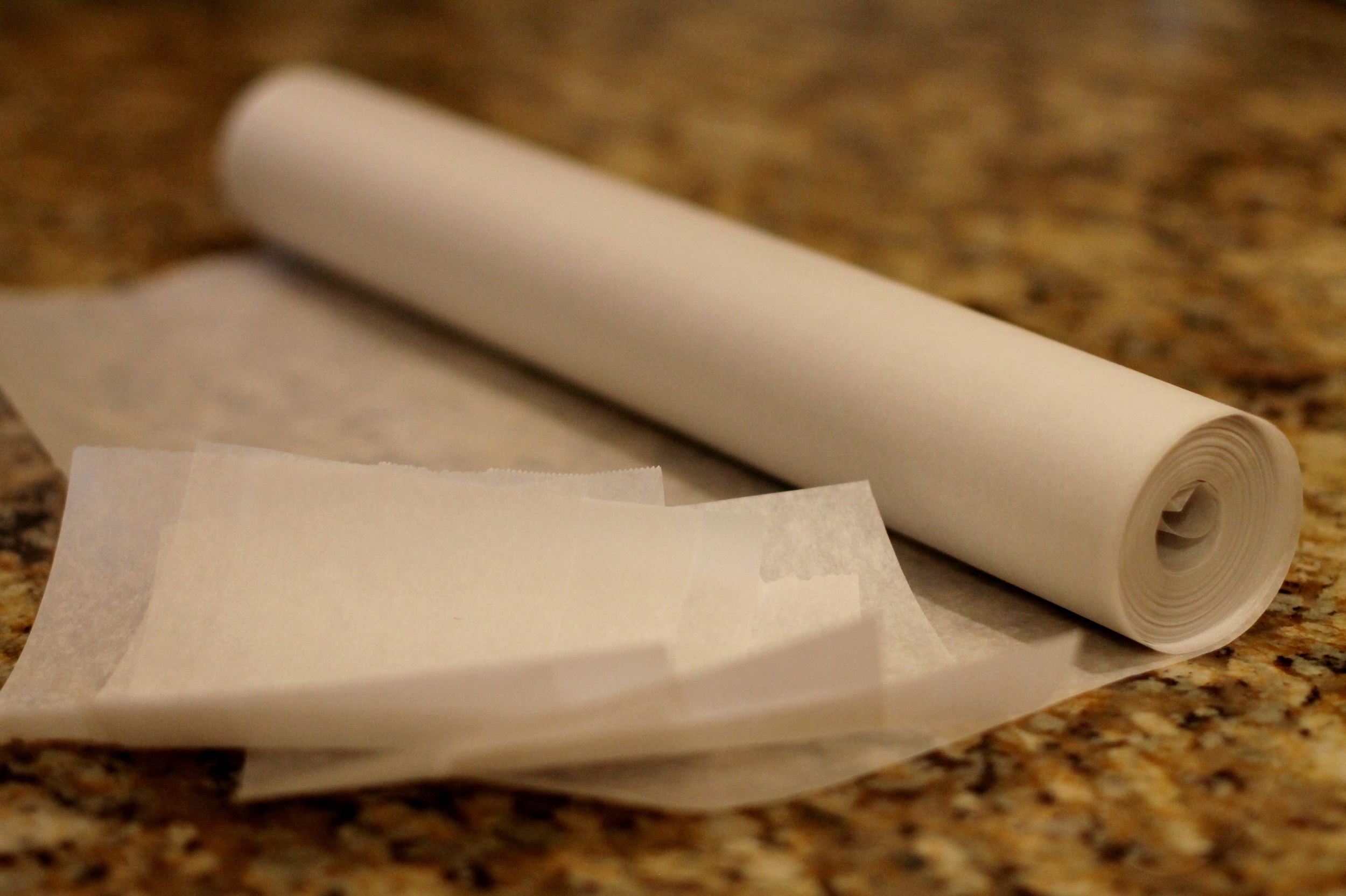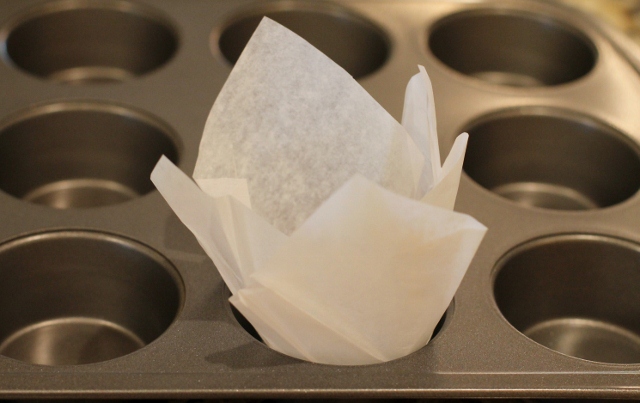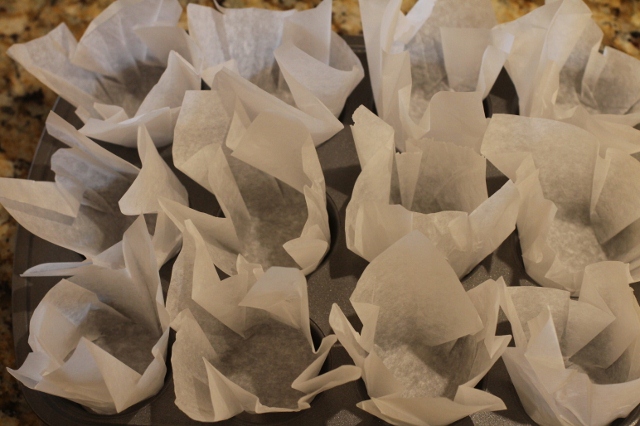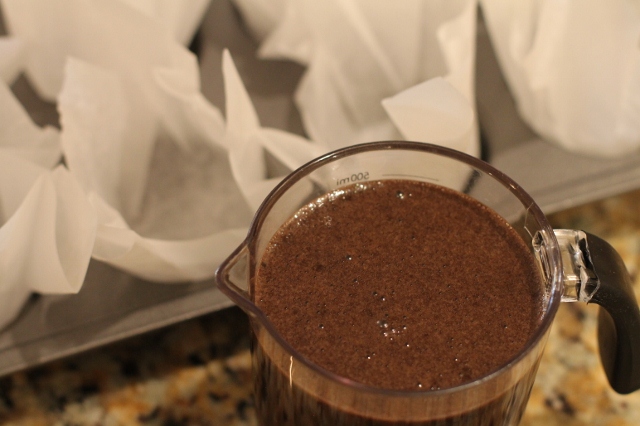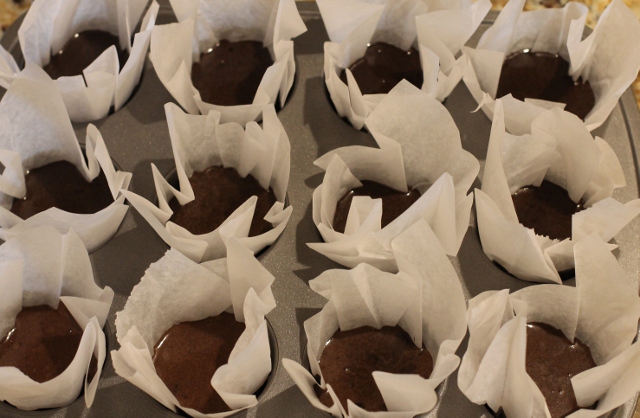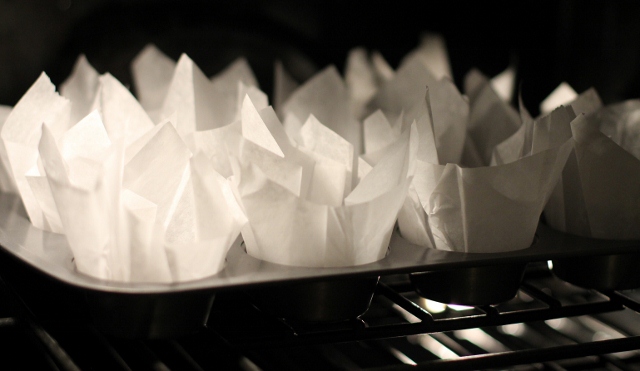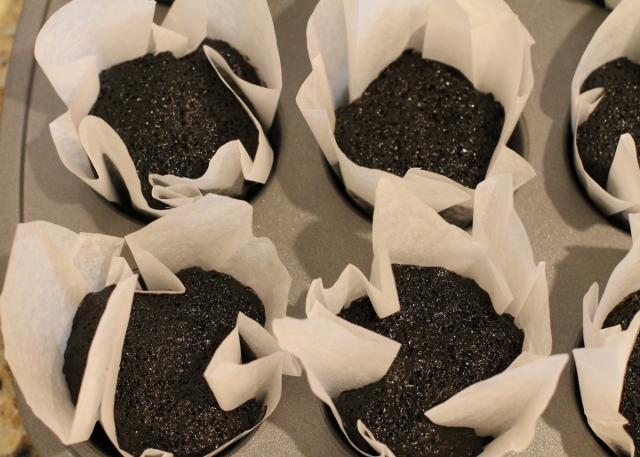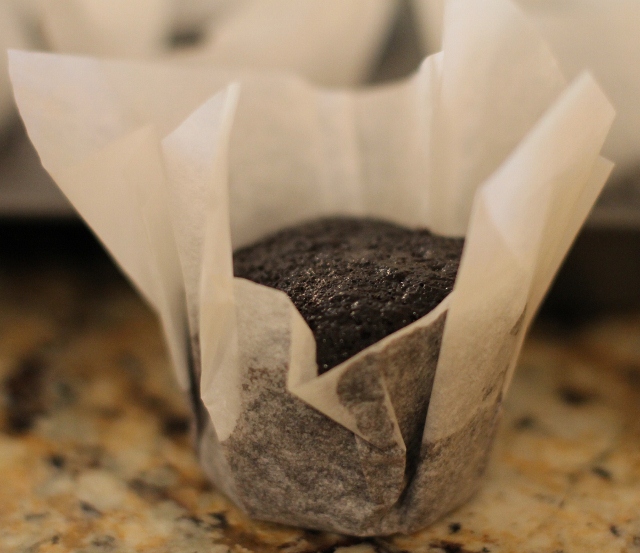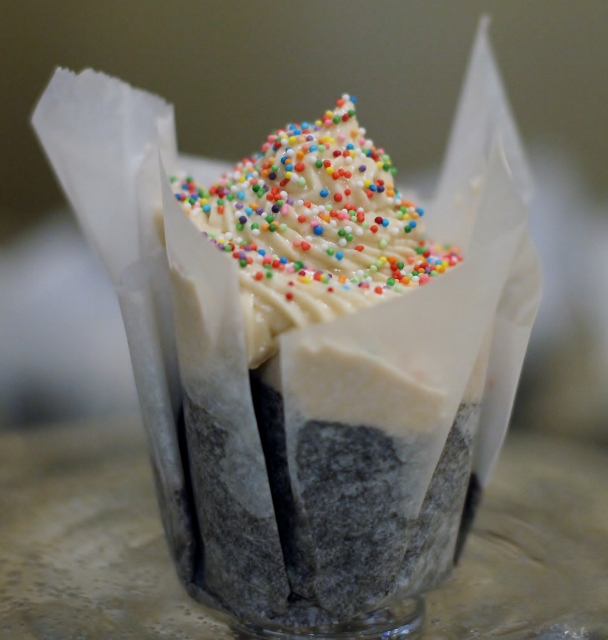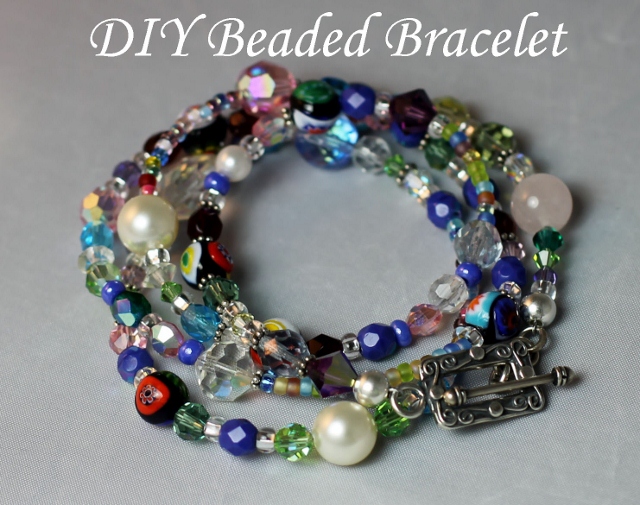
I consider myself a creative person. Always thinking, always creating and constantly looking for unique ways to do things. About ten years ago, on a rainy day, I took my daughter Lynsie and her friend to a bead store at the beach to make jewelry. I was hooked and fell in love with the idea of designing unique pieces of jewelry. I ended up starting a small business the following year. I sold the jewelry I designed at local events and eventually to retail stores and an online boutique. I am doing much less designing these days, just special orders and events, but I love to sit down and create a unique piece of jewelry for myself or my daughters once in a while, just for fun.
For this post I thought I'd show you how easy it is to create your own jewelry. I put together a step-by-step guide with video tutorials to help you. Once you have the basics down, the possibilities are endless. It's a fun thing to do with your kids or girlfriends too. So let’s grab some supplies and get started!
*All of the supplies that are listed here can be found at most craft stores like Michaels or purchased online at sites like Auntie's Beads.
BEADS
You can go to any craft store to buy beads. When I am designing a piece of jewelry I will use anything from high quality sterling silver and crystal to beads from broken jewelry, antique stores, etc. So feel free to use whatever you like, it's your bracelet! This bracelet does not have a pattern so any color and shape will do. Try to choose beads that are not too big. Since this will be one long strand you want to keep it light so smaller beads are better. Mine range from tiny seed beads to 10 mm pearls and crystals.

BEADING WIRE ~ TOGGLE CLASP ~ CRIMPING BEADS
beading wire ~ you will want to use a flexible beading wire that is not too heavy. I used a .021 inch diameter, 7 strand beading wire from Beadalon. *The color is listed as "bright" or "clear" but it's actually silver wire.
toggle clasp ~ a toggle clasp comes in two pieces and lots of different shapes and sizes. Toggle clasps are much more interesting than a regular clasp and they make taking your bracelet on and off easier. Use whatever fits your style.
crimping beads ~ crimping or crimp beads are used to secure the wire on the ends of the bracelet. I used 2x2mm sterling silver crimping beads.
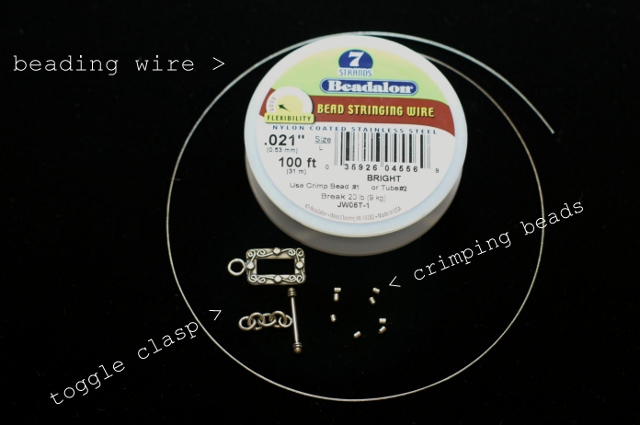
TOOLS
wire cutter ~ wire or end cutter
crimping tool ~ this tool secures the crimping bead to the wire to close the end of your bracelet (a must have for making jewelry)
pliers ~ flat nose pliers to hold or pull your wire
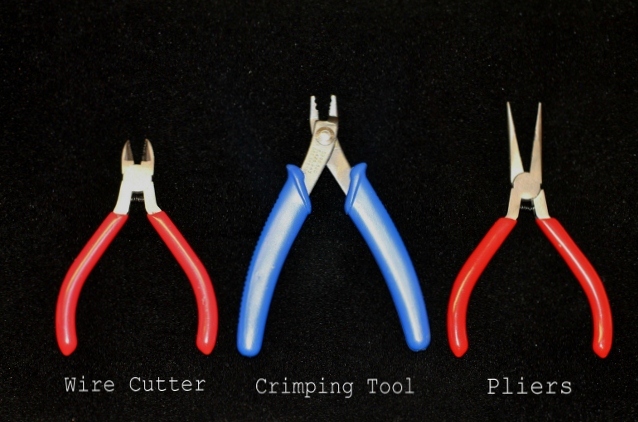 Now that you have your supplies you are ready to start creating! Place your beads on a jewelry mat or towel to keep them from rolling around while you work.
Now that you have your supplies you are ready to start creating! Place your beads on a jewelry mat or towel to keep them from rolling around while you work.
Step 1: Start stringing your beads one at a time onto the beading wire while the wire is still attached to the spool. Feel free to design your bracelet to fit your style. If you want to make a pattern it's a good idea to arrange the beads on your mat before you string them. I like to just grab and string my beads in no particular order for a look that is unique.
http://www.youtube.com/watch?v=LO7s4uOs1fE
Step 2: This is where you will need to decide how many times you want your bracelet to wrap around your wrist. Measure your wrist. Take the measurement of your wrist and add an inch. Multiply that number by the number of times you want the bracelet to go around your wrist. Example: 6" (my wrist) + 1" = 7" X 4 (number of times I want the bracelet to wrap around) = 28" (the total length of my beaded wire). String your beads until the strand is that long.
http://www.youtube.com/watch?v=WLp1dx_Qg1A&feature=player_detailpage
Step 3: Now that you are finished stringing your beads you are ready to close the ends of the wire. You will start with the end of the wire that is not attached to the spool. Slide a crimping bead onto the wire. Next slide one end of your clasp onto the wire. Take the end of the wire and go back through the crimping bead. Use your pliers to pull the wire close to the clasp. Use your crimping tool to pinch the crimping bead closed. Cut the excess wire. You are almost finished!
http://www.youtube.com/watch?v=8mJXgGeCTEk&feature=player_embedded#t=0s
~ Before you finish your bracelet it's a good idea to do a size check. Hold onto the unfinished end of your strand of beads and wrap it around your wrist to see how it will fit. Keep in mind that your toggle clasp will add about 1/2 " or so depending on its size. If it fits , move to step 4. If you think it's too long, move to step 4 and remove a few beads once the wire is cut. If it's too short, move to step 4 but allow for extra wire so you can add some beads before finishing the bracelet.
Step 4: Grab the end of the beaded wire without the clasp and cut it from the spool making sure to leave at LEAST 6" to work with. Push the beads down to the closed end so there are no gaps between the beads. Slide a crimping bead onto the wire. Slide the other half of your toggle clasp on next. Take the end of your wire and go back through the crimping bead *(Ok this is where I make a mistake! In the video I say toggle when I meant crimp. You will see what I mean but you will get it because you already did it. Trust me, it was not worth remaking the video but it is worth pointing out). Working with your pliers, pull your wire tight against the end of the toggle clasp making sure the beads are lined up nicely and there are no gaps in the wire. Use your crimping tool to secure the end of the wire. Cut the excess wire with your cutting tool. Congratulations! You have just completed your wrap bracelet!
http://www.youtube.com/watch?v=5uhSVrvsluM&feature=player_detailpage
Wasn't that easy? I hope you enjoyed the video tutorials! I would love your feedback since this was my first attempt at using them. It was quite a process to figure it all out (I won't even tell you how hard my daughters and I laughed at my voice when we watched them) but I think it will be fun to bring you a variety of posts that include them. I think it makes it more personal. And speaking of personal, I plan to introduce myself to you as soon as I can do it without laughing! I want you to get to know me and I want to know you! As always, I would love to hear from you!
Happy Beading, Happy Summer!
Leslie
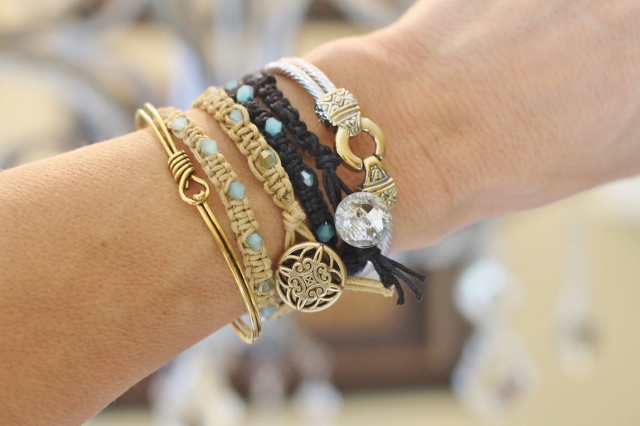 For many of us, it would be very easy to complain about this long, cold winter that seems to be never ending. But, if you try to find the good, you might say one of the advantages to being stuck inside is having the opportunity to work on projects. Of course we have choices... organizing random things and cleaning out closets or dabbling in a little DIY. This week I chose DIY.
For many of us, it would be very easy to complain about this long, cold winter that seems to be never ending. But, if you try to find the good, you might say one of the advantages to being stuck inside is having the opportunity to work on projects. Of course we have choices... organizing random things and cleaning out closets or dabbling in a little DIY. This week I chose DIY.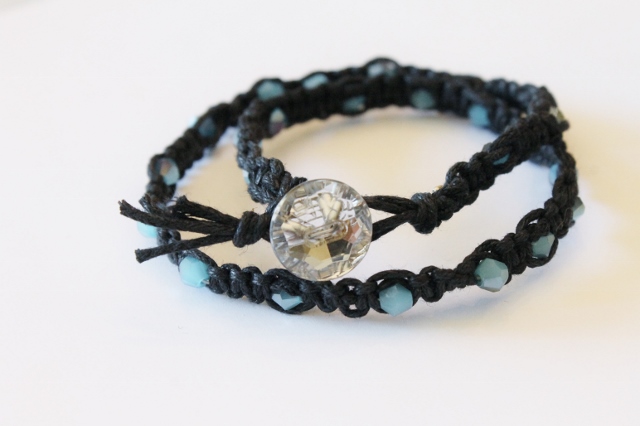 I love unique jewelry, especially bracelets that can be stacked together. This project is a very inexpensive way to add to your arm party! I don't really have a specific method for this because I just sat down and started playing but I'll give you a very simple overview of what I did.
I love unique jewelry, especially bracelets that can be stacked together. This project is a very inexpensive way to add to your arm party! I don't really have a specific method for this because I just sat down and started playing but I'll give you a very simple overview of what I did.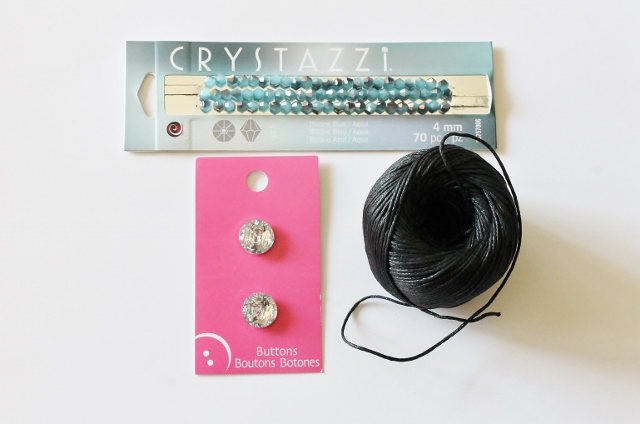 I started with just a few supplies: skinny waxed cotton cord, small crystal beads and some crystal buttons for the toggle clasp.
I started with just a few supplies: skinny waxed cotton cord, small crystal beads and some crystal buttons for the toggle clasp.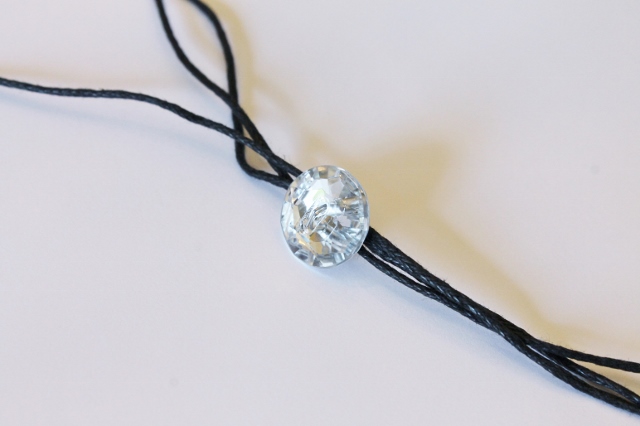 I threaded 4 very long strands of cord (more than double the length of the actual bracelet I was making) through the back of the button. The type of button I chose had a wire loop on the back which made threading easy. Standard buttons won't work.
I threaded 4 very long strands of cord (more than double the length of the actual bracelet I was making) through the back of the button. The type of button I chose had a wire loop on the back which made threading easy. Standard buttons won't work.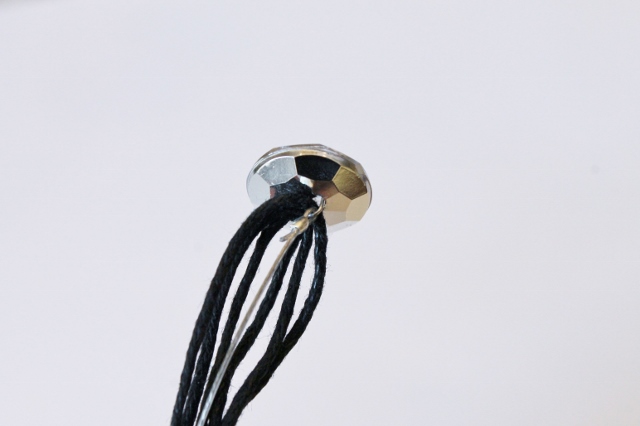 I wanted to use small beads that could not be strung onto this cord so I added a piece of jewelry wire to the button. To keep it simple use beads that are large enough to thread onto the cord.
I wanted to use small beads that could not be strung onto this cord so I added a piece of jewelry wire to the button. To keep it simple use beads that are large enough to thread onto the cord.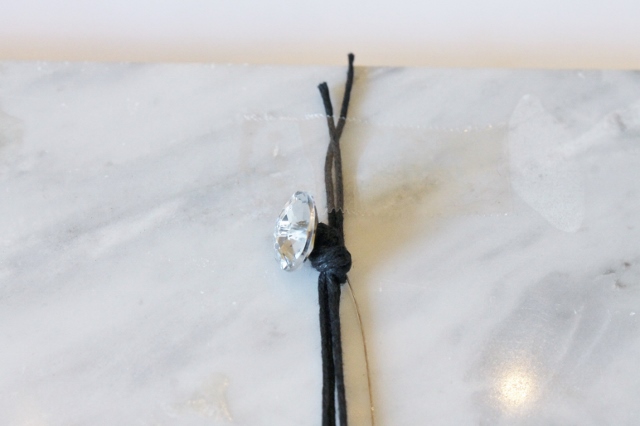
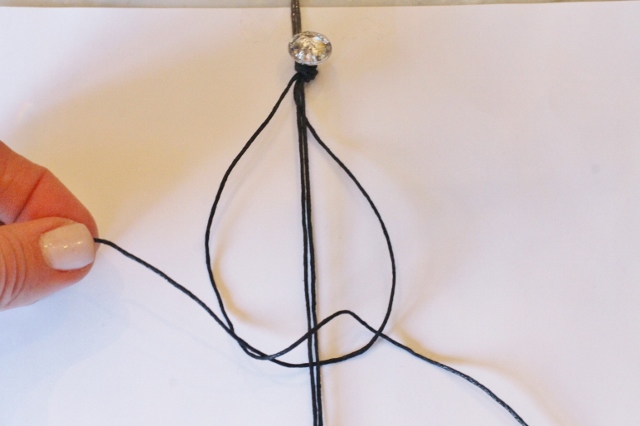 I began to tie square macrame knots alternately with the outside strands of cord. The middle strands stay stationary through the entire process.
I began to tie square macrame knots alternately with the outside strands of cord. The middle strands stay stationary through the entire process.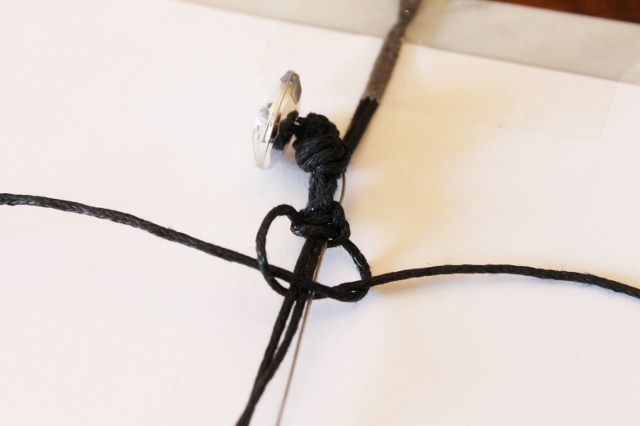
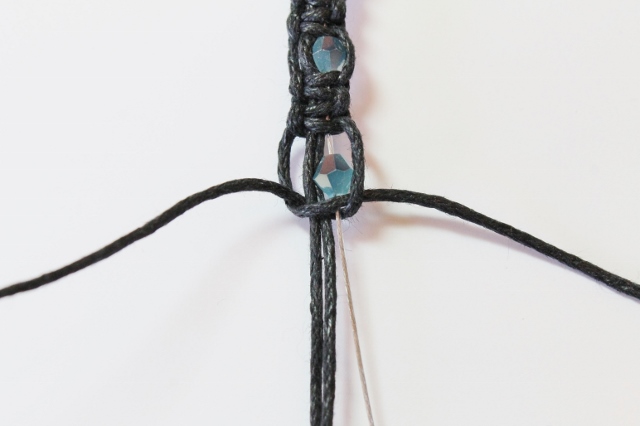 After several knots were tied I added a bead. I tied the next knot right around the bead. If you are not using jewelry wire you will thread your beads onto the middle strands of cord.
After several knots were tied I added a bead. I tied the next knot right around the bead. If you are not using jewelry wire you will thread your beads onto the middle strands of cord.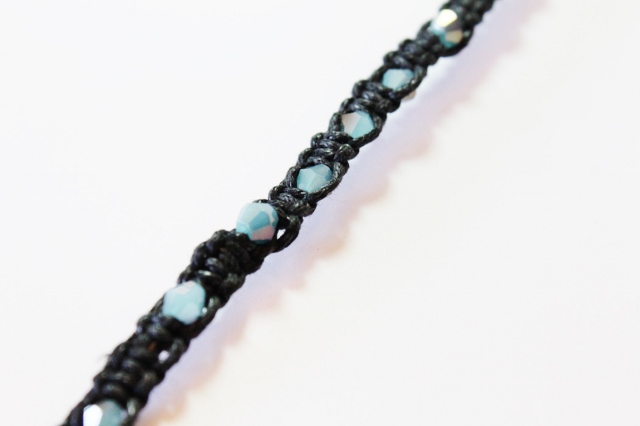 I didn't count knots or beads so there is no rhyme or reason to these particular bracelets. You can always make patterns and count knots if you prefer a more uniform look. I was going for a less structured piece.
I didn't count knots or beads so there is no rhyme or reason to these particular bracelets. You can always make patterns and count knots if you prefer a more uniform look. I was going for a less structured piece.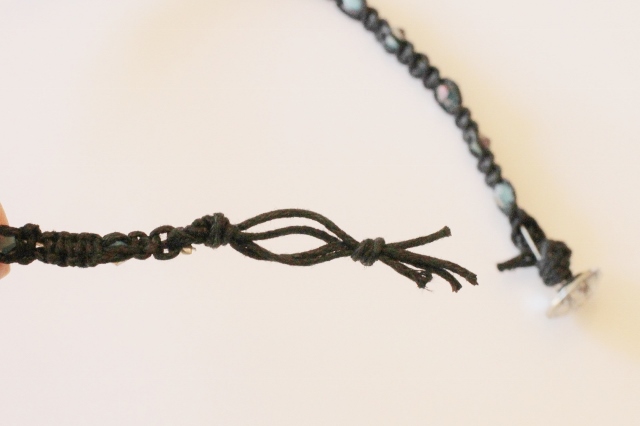 Once the bracelet was the length I wanted, I created a loop at the end of the cord that would fit over the button to close the bracelet.
Once the bracelet was the length I wanted, I created a loop at the end of the cord that would fit over the button to close the bracelet.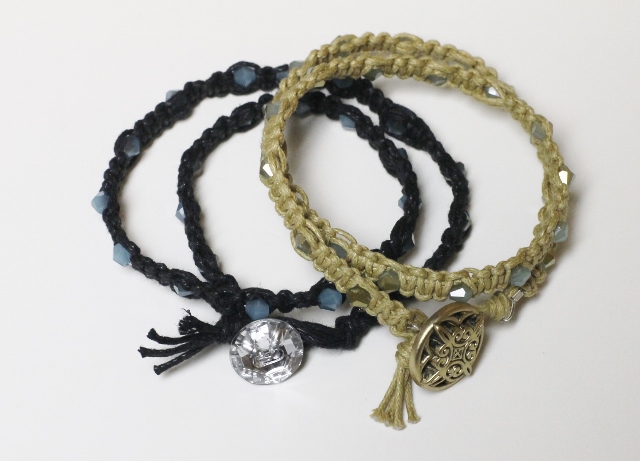
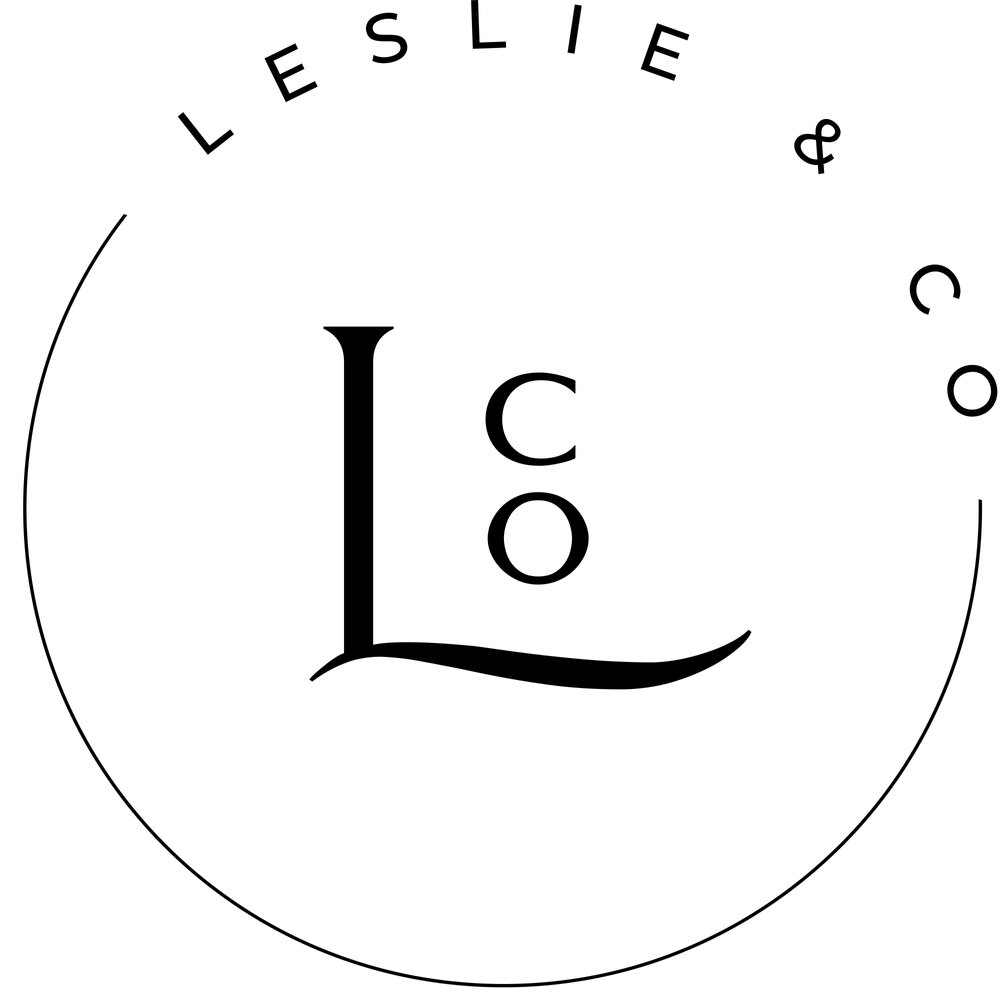



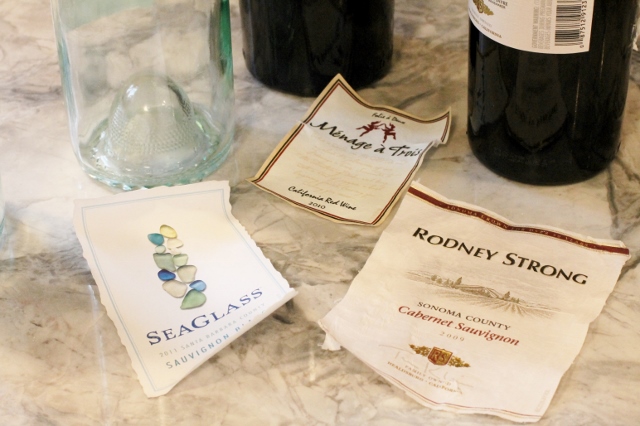
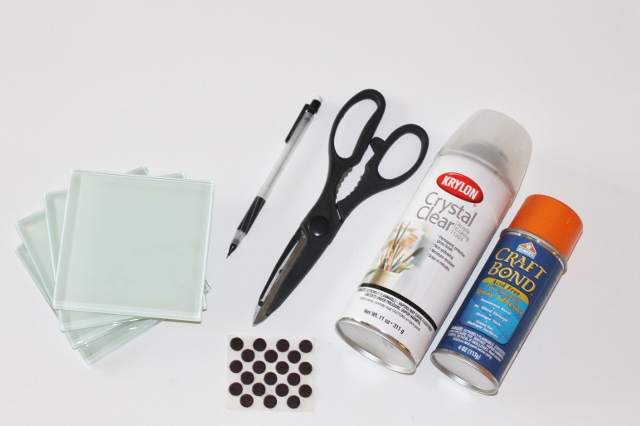


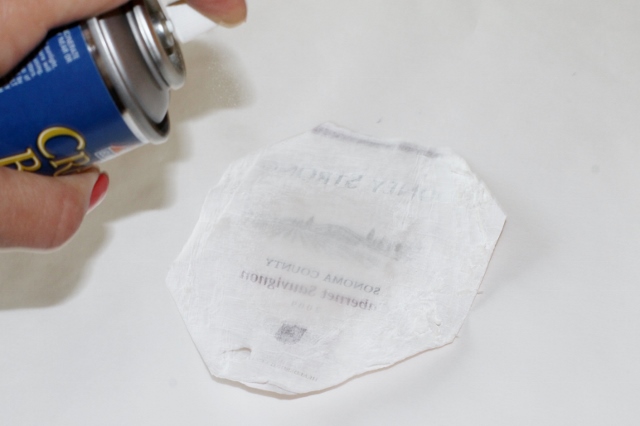

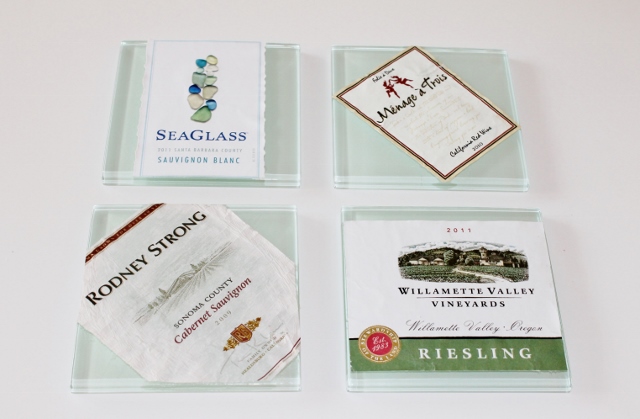
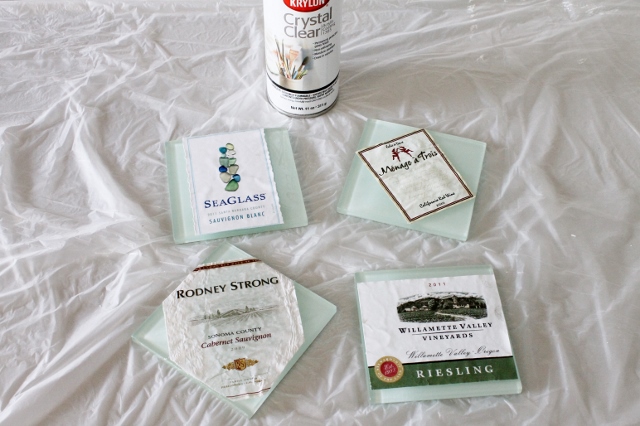 I sprayed the top of the tiles with Acrylic Coating (again, in a well ventilated area). I waited for it to dry and repeated the process numerous times until the labels were well coated and the tiles had a nice shiny surface.
I sprayed the top of the tiles with Acrylic Coating (again, in a well ventilated area). I waited for it to dry and repeated the process numerous times until the labels were well coated and the tiles had a nice shiny surface.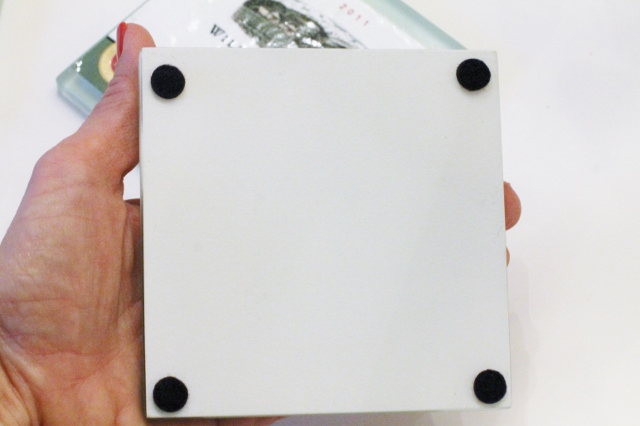 After the tiles were completely (and I mean completely) dry, I flipped them over and attached four felt pads to the bottom of each one.
After the tiles were completely (and I mean completely) dry, I flipped them over and attached four felt pads to the bottom of each one.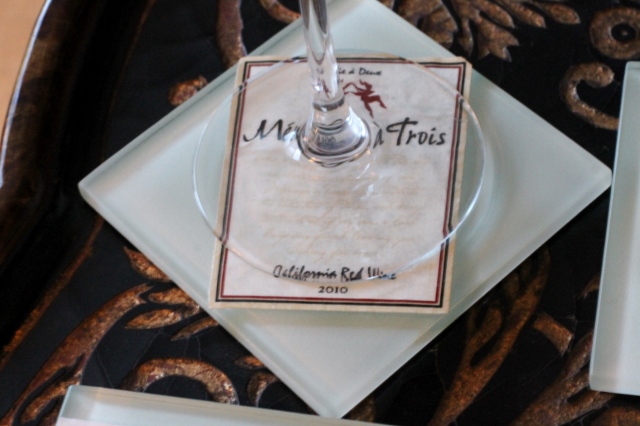 I now have a set of coasters that are not only fun to use but make great conversation pieces. Each one tells a different story or has a special memory and for that reason, I loved creating them.
I now have a set of coasters that are not only fun to use but make great conversation pieces. Each one tells a different story or has a special memory and for that reason, I loved creating them.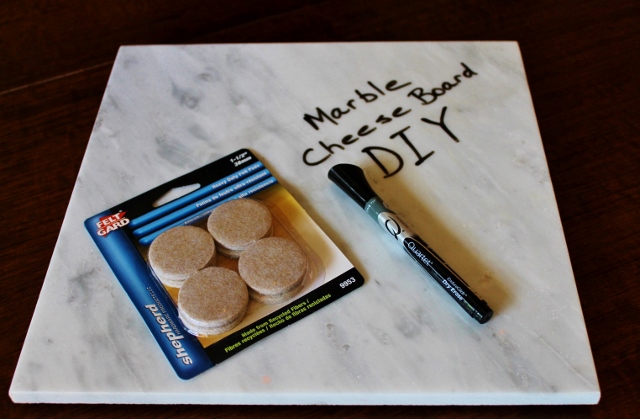 A couple of weeks ago I shared a
A couple of weeks ago I shared a 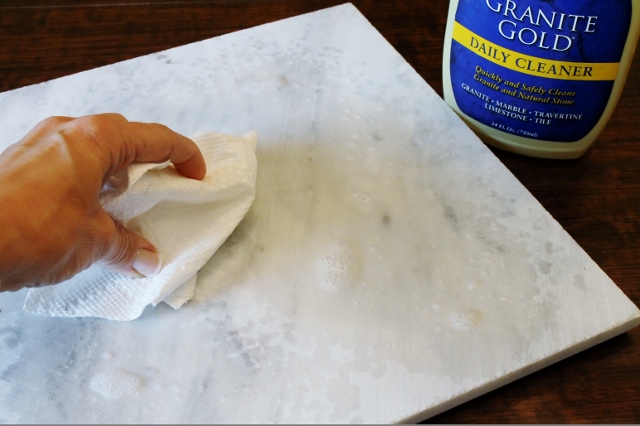 I went to Home Depot and picked up a 12 x 12 piece of white marble tile in the flooring department for $3.99. I cleaned both sides of the tile with a product I use on my granite kitchen counters. You can use soap and water or anything that is safe for marble. The point is to get all of the powder and dirt off of the tile before you use it.
I went to Home Depot and picked up a 12 x 12 piece of white marble tile in the flooring department for $3.99. I cleaned both sides of the tile with a product I use on my granite kitchen counters. You can use soap and water or anything that is safe for marble. The point is to get all of the powder and dirt off of the tile before you use it.